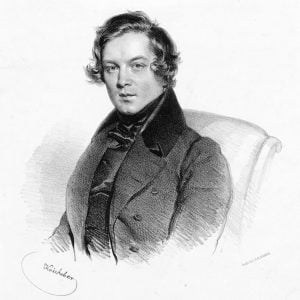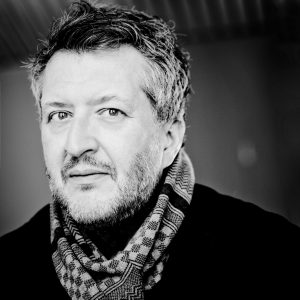Australian String Quartet violinist Francesca Hiew takes us into the world of our upcoming Adès Schumann program with her reflections on, insights into and experience of Thomas Adès’ Arcadiana and Robert Schumann’s String Quartet No.3.
Robert Schumann’s third string quartet, in my opinion, is his most intimate chamber music composition. There is so much inward tenderness, beauty and affection at the heart of this quartet that seems to borrow from his fondness for song-writing. Robert Schumann wrote his three quartets a few years after marrying Clara Wieck, one of the most celebrated piano soloists of her day. We know Schumann suffered from great depressive states throughout his life, but he also experienced moments of deep contentment and happiness, and undoubtably much of this coincided with these early years of marriage when his output, especially of songs, was considerable.

This was one of the first pieces we played as a quartet after Christopher joined and returning to it after a year has been a fulfilling experience. To be completely honest, some of the most beautiful moments of the quartet are marred by difficult or awkward writing. My only explanation being that one might play it more easily on the piano, that is, with only one brain and two hands involved! Happily, much of this struggle has faded over time and given way to something more malleable and unified. I’d like to say we’ve matured (we haven’t [laughs]), but it’s the magic that time and space can bring to a work after an extended break away from it.
Thomas Adès’ Arcadiana is a formidable undertaking. I first tackled it with my previous group, the Auric Quartet, and I remember it being the most challenging piece for ensemble I had ever come across. I’d hoped perhaps it was just inexperience and that once again time would prove a secret ingredient to it feeling easy, but no—a decade later it’s still incredibly hard! Rehearsals have been filled with cries of frustration, manic laughter, individuals (I won’t name names) melting onto the floor thinking they’re having a heart attack, all set to the amplified ticking of our friend (and foe), the metronome. That said, this work is 100% worth the hundreds of anguished hours we’ve collectively put into it!
Arcadiana journeys the listener through seven incredible movements depicting concepts of utopia from the past, present and theoretical. Each movement is inspired by a moment in music, an artwork or imaginary scene. There is a nod to Mozart’s Queen of the Night aria, an almost violent Tango, a night-time scene in Venice as well as a recurring aquatic theme that flows throughout the piece. The most well-known and beauteous movement, O Albion, comes at a moment of genius, where all built-up energy and movement suddenly dissipates into timeless poise and reflection.

It is the seventh movement, Lethe, that currently has me captivated. Many composers wouldn’t know where to go after O Albion, but Adès leaves us with a lonesome, repetitive cello melody with a flickering accompaniment that gradually subsides and finally disappears. Although it’s a short movement, it’s effect is almost meditative until silence gradually consumes the lingering melody, gently bidding us farewell to our dream-like state.
Arcadiana is utterly brilliant, evocative and, although almost certainly responsible for taking a few years off my life, one of my absolute favourite works for string quartet.
